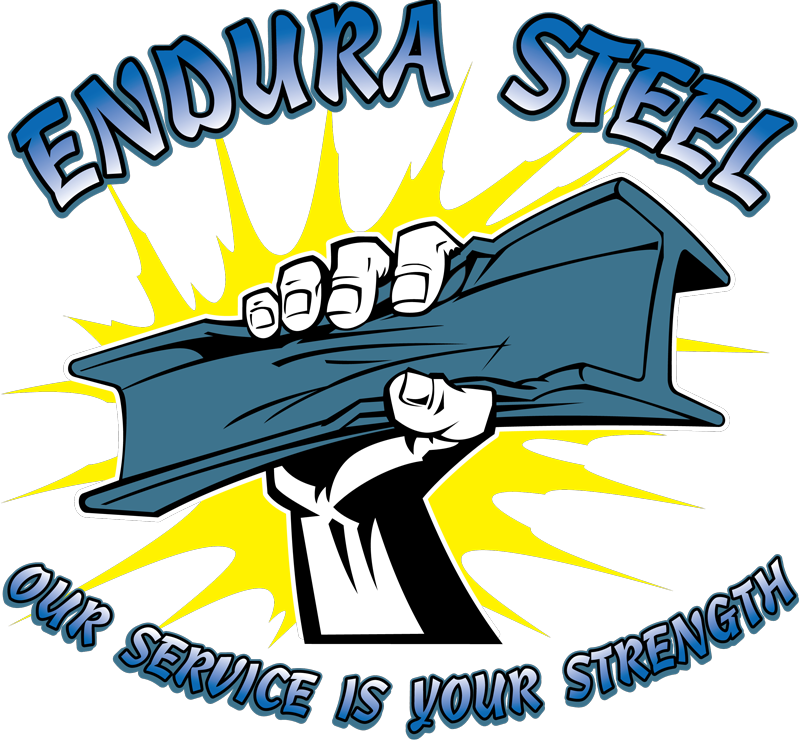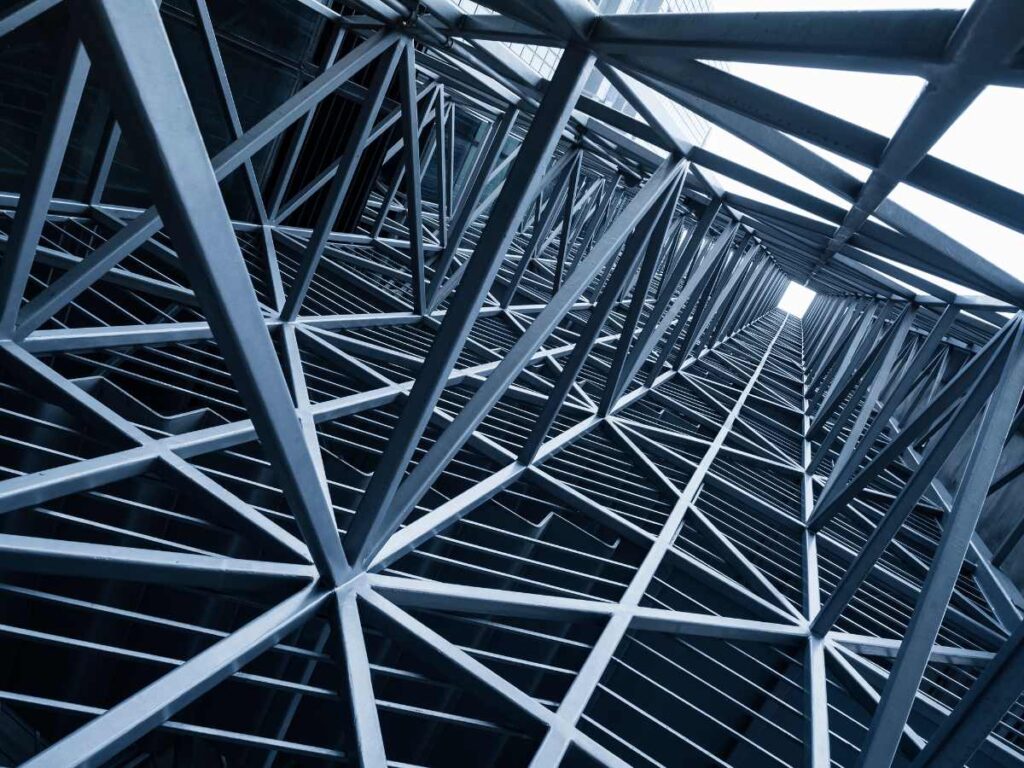Steel is a widely used construction material due to its strength, durability, and versatility. It is composed primarily of iron and carbon, with trace amounts of other elements. Combining these elements allows it to withstand heavy loads and resist deformation. Steel structures are known for resisting fire, earthquakes, and extreme weather conditions. Steel is recyclable, which is an environmentally friendly choice. Its flexibility allows for creativity and innovation in architectural design. Moreover, steel structures can be constructed quickly and efficiently, saving time and costs.
Importance of Steel Structures in Modern Architecture
Steel structures play a role in modern architecture due to their numerous advantages. Firstly, steel is known for its strength and durability, making it ideal for constructing large-scale buildings and infrastructures. Its high tensile strength allows for the creation of expansive open spaces, reducing the need for excessive vertical columns and walls. Secondly, steel structures offer flexibility in design, enabling architects to create unique and innovative structures. Steel is a sustainable material, as it can be recycled and reused. This not only reduces environmental impact but also contributes to cost-effectiveness.

Eiffel Tower, Paris, France
The Eiffel Tower, located in Paris, France, is one of the most iconic structures in the world. Standing at a remarkable height of 330 meters, it offers a breathtaking view of the city and symbolizes French innovation and elegance. Constructed between 1887 and 1889 for the Exposition Universelle, the tower is made entirely of iron, reinforcing Gustave Eiffel’s ambition to showcase the versatility and strength of the material. Approximately 18,000 individual iron pieces were assembled using over 2.5 million rivets, creating a lattice-like structure that supported the tower and added an artistic touch to its design. Today, the Eiffel Tower is a testament to humanity’s architectural brilliance.

Burj Khalifa, Dubai, UAE
The Burj Khalifa is an iconic skyscraper located in Dubai, UAE, and is the world’s tallest building. Standing 828 meters, this architectural masterpiece captivates the imagination of all who behold it. The construction of the Burj Khalifa posed several engineering challenges, particularly with the extensive use of steel. The building’s structural system is formed by a combination of reinforced concrete and steel, allowing it to withstand the immense forces exerted by its massive height. The strategic placement of steel throughout the building ensures its stability and strength, making it a marvel of modern engineering.
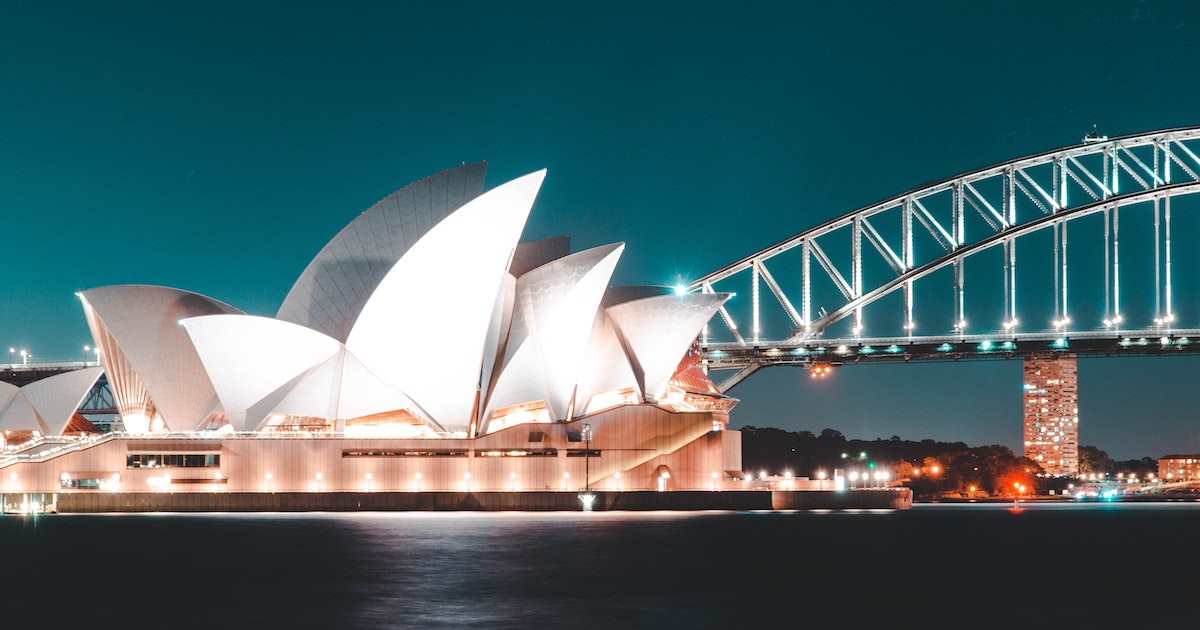
Sydney Opera House, Sydney, Australia
The Sydney Opera House, located in Sydney, Australia, is one of the world’s most iconic and recognizable buildings. Designed by Danish architect Jørn Utzon, it was officially opened in 1973 and has since become a symbol of Australian culture and architecture. The construction of this magnificent structure involved several steel components. The sail-shaped roofs of the Opera House are made up of over 1 million individual tiles, supported by a steel trussing framework. The steel beams, columns, and rods were carefully designed and engineered to ensure the structural stability and integrity of the building while also providing the necessary support for the unique architectural design.

Statue of Liberty, New York, USA
Standing tall in New York City, the Statue of Liberty symbolizes freedom and democracy. It holds great significance and represents the friendship between France and the United States. This colossal monument was a gift from France in 1886 during America’s centennial celebration. Frédéric Auguste Bartholdi designed it, and its framework was constructed using a combination of wrought iron and steel. Moreover, using steel in the Statue of Liberty’s framework created a lightweight yet sturdy structure. Furthermore, Gustave Eiffel, the same engineer behind the renowned Eiffel Tower in Paris, achieved this feat. Through its symbolism and innovative construction, the Statue of Liberty continues to inspire and fascinate millions of visitors from across the globe.
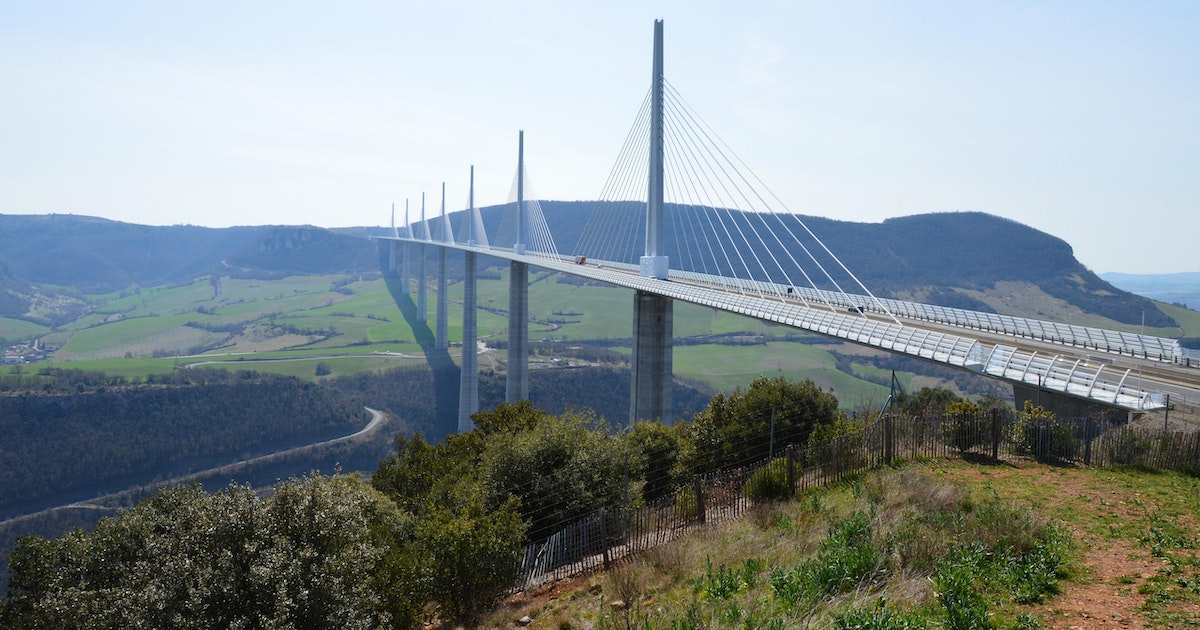
Millau Viaduct, Millau, France
The Millau Viaduct in Millau, France, is an engineering marvel becoming an iconic symbol of modern architecture. Standing at an impressive height of 343 meters, it is the tallest bridge in the world. Designed by Norman Foster and completed in 2004, the viaduct is a testament to human ingenuity and innovation. Furthermore, the bridge consists of eight spans supported by seven towers, with the highest pylon reaching a staggering height of 245 meters. Moreover, its construction heavily relied on steel due to its strength and durability. The use of steel allowed for a sleek and elegant design while ensuring structural stability, making the Millau Viaduct an engineering masterpiece.

Gateway Arch, St. Louis, USA
The Gateway Arch in St. Louis, USA, is a structure that stands as a symbol of the expansion of the American West. Moreover, Architect Eero Saarinen designed it, which was completed in 1965, reaching a height of 630 feet. Moreover, this stainless steel monument has a unique catenary curve shape, resembling a giant steel arch. Furthermore, the purpose of the Gateway Arch is to commemorate Thomas Jefferson’s role in the westward expansion and to honor the pioneers who helped shape the United States. Steel is the main material used in its construction, making it visually striking and a testament to the strength and durability of American industry.
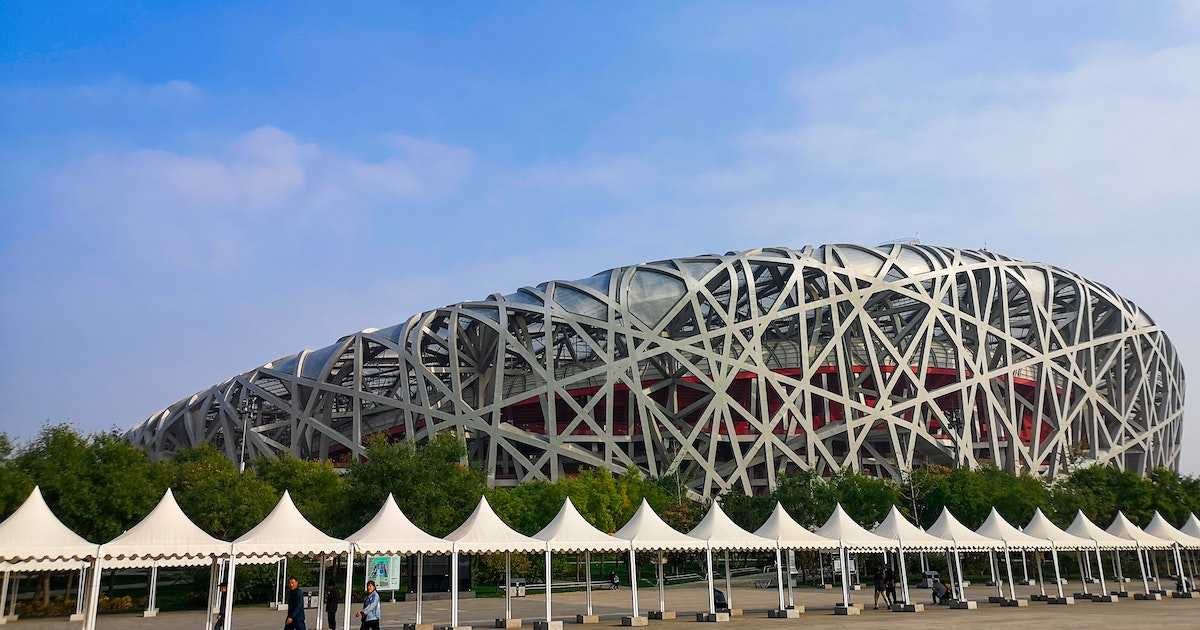
Beijing National Stadium (Bird’s Nest), Beijing, China
The Beijing National Stadium, also called Bird’s Nest, is one of the most famous Olympic stadiums in the world. Furthermore, located in Beijing, China, it was the venue for the 2008 Summer Olympics and has since become an iconic city symbol. It utilizes a significant amount of steel. Inspired by traditional Chinese ceramics, the lattice-like design comprises 42,000 tons of steel, rendering it a genuine architectural marvel. Moreover, this innovative use of steel gives the stadium strength and durability and creates an impressive visual impact, attracting visitors worldwide.
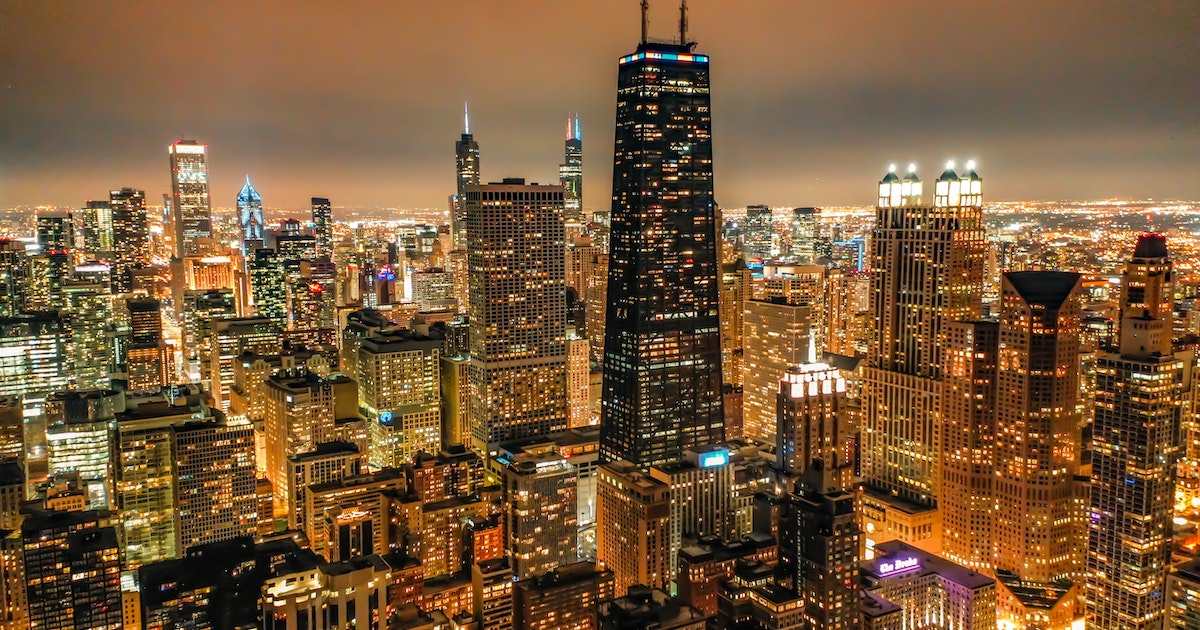
Willis Tower (formerly Sears Tower), Chicago, USA
The Willis Tower, formerly the Sears Tower, is an iconic skyscraper in Chicago, USA. Constructed in 1973, it held the title of the tallest building in the world for more than two decades. The historical background of the Willis Tower begins with the retail company Sears, Roebuck & Co., which commissioned its construction as a new headquarters. The tower stands at a height of 1,450 feet and has 110 floors. Moreover, one of the significant factors that played a role in its construction was steel. Using steel created a strong and stable structure, enabling the tower to withstand the strong winds of the windy city. Today, the Willis Tower is a prominent landmark in Chicago and a symbol of architectural brilliance and engineering excellence.
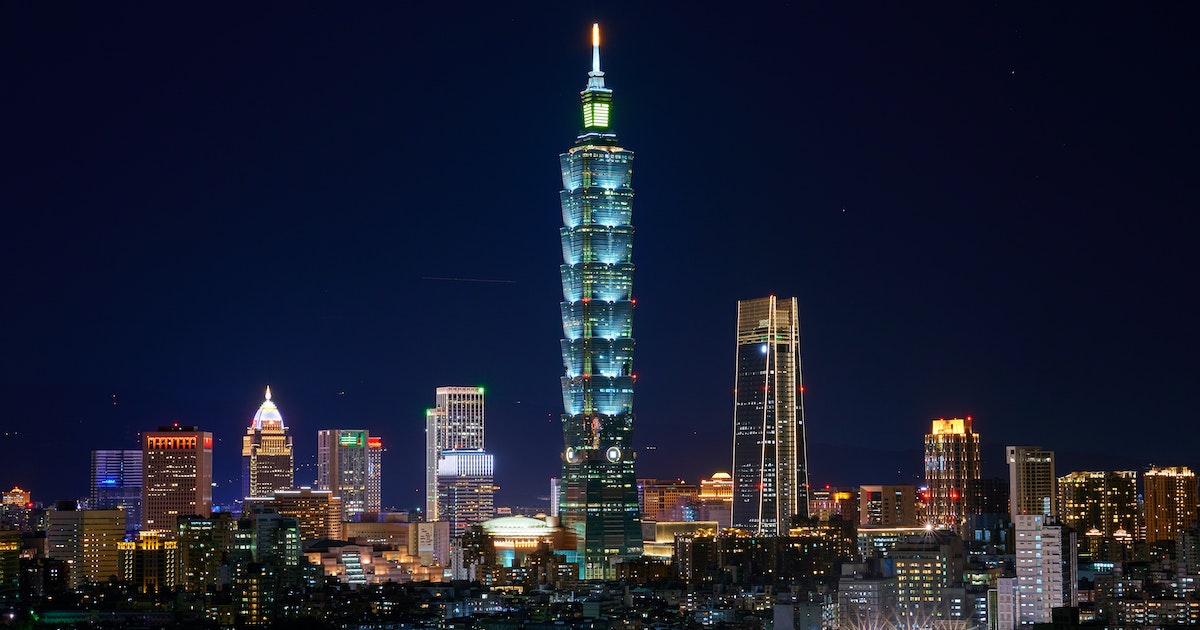
Taipei 101, Taipei, Taiwan
Taipei 101, located in the bustling city of Taipei, Taiwan, is an iconic skyscraper testament to modern engineering and design. Furthermore, this towering structure boasts impressive features, making it a popular attraction for tourists and residents. Taipei 101 has a height of 508 meters and held the record as the tallest building in the world from 2004 to 2010. Moreover, it showcases a unique blend of traditional Asian architectural elements with a modern twist. One of the notable aspects of its design is the incorporation of steel, which enhances its structural integrity and allows for breathtaking panoramic views from its observatory decks.
Beyond Boundaries of Steel
Steel has played a role in allowing architects to dream big and create structures that were previously unimaginable. From towering skyscrapers to magnificent bridges, steel has provided the strength and flexibility to bring these architectural marvels to life. Its durability and versatility have allowed architects to push the limits of what is possible, leading to awe-inspiring designs that defy traditional notions of construction.
Our Locations
Get a Quote Now
